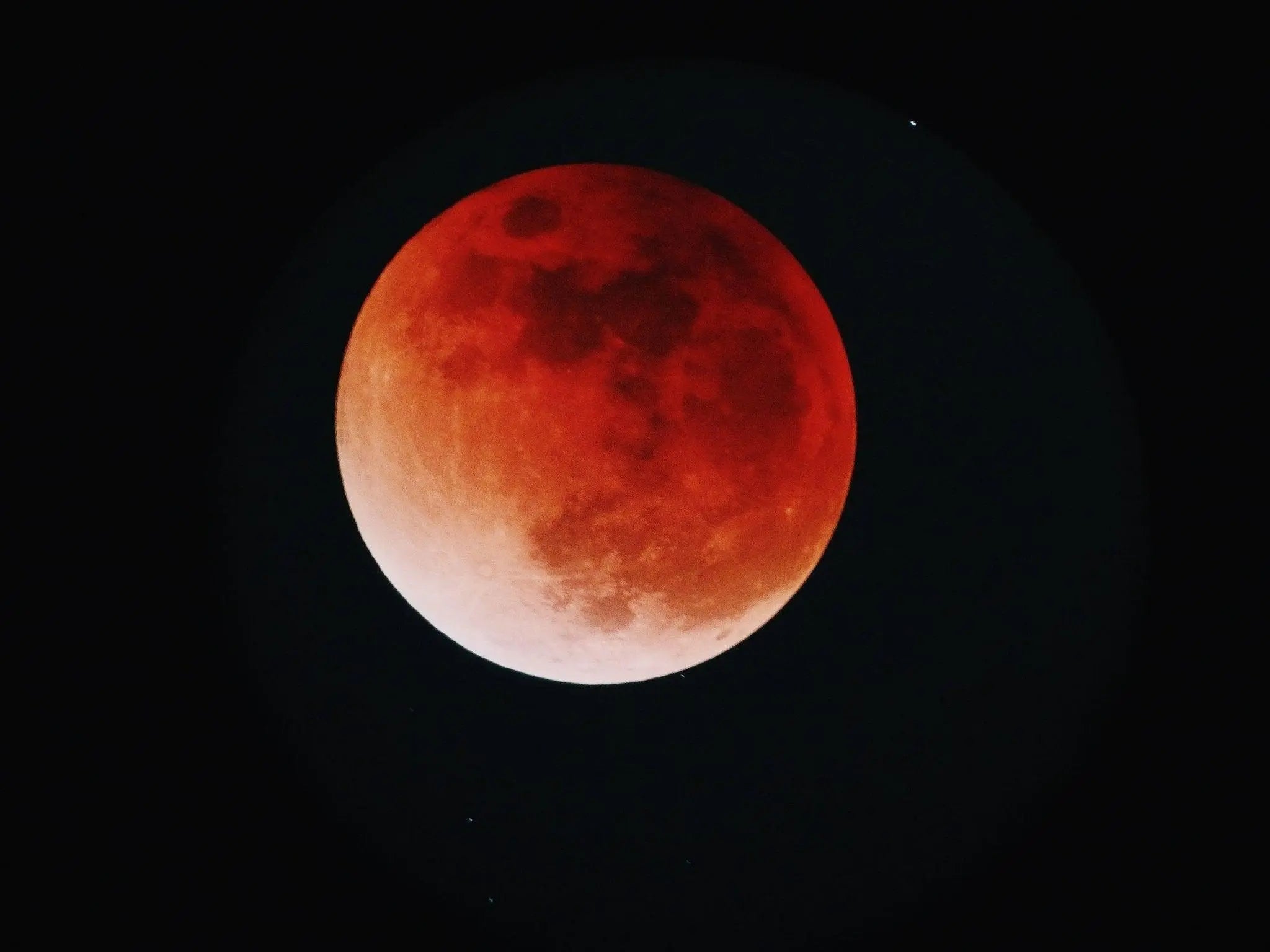Eclipses have long been a source of fascination and a subject of superstition throughout human history. Both lunar and solar eclipses result from the intricate ballet of the Earth, Moon, and Sun aligning. Lunar eclipses occur when the Earth is situated between the Sun and Moon, blocking sunlight from reaching the Moon. Conversely, a solar eclipse happens when the Moon lies between the Earth and Sun, partially or entirely blocking the Sun's rays.
Types of Lunar and Solar Eclipses
While the mechanics of lunar and solar eclipses may be simple in principle, the actual manifestations of these events can vary significantly.
Lunar eclipses are categorized into four types: penumbral, partial, total, and horizontal.
- Penumbral Lunar Eclipse: The Moon moves into the Earth's outer shadow, known as the penumbra, making the moon appear darker in some areas.
- Partial Lunar Eclipse: A part of the moon enters the Earth's umbra, its darkest shadow where sunlight is completely obstructed, resulting in a partial darkening of the Moon.
- Total Lunar Eclipse: The Moon lies entirely within the Earth's umbra, becoming completely obscured, often taking on a reddish or orange hue, colloquially known as a 'Blood Moon'.
- Horizontal Lunar Eclipse: This is a unique event where the Sun and the eclipsed moon are visible simultaneously at the juncture of sunrise and sunset.
Solar eclipses also come in various types: total, annular, partial, and hybrid.
- Total Solar Eclipse: This occurs when the Moon entirely obscures the Sun, creating an awe-inspiring spectacle as only the Sun's faint corona remains visible.
- Annular Solar Eclipse: During this event, the Moon is too far from the Earth to fully cover the Sun, leaving a bright 'Ring of Fire' visible around the Moon.
- Partial Solar Eclipse: The Moon only partially blocks the Sun's light, casting a dimmed shadow on Earth.
- Hybrid Solar Eclipse: A rare occurrence, these eclipses shift between a total and an annular eclipse, depending on an observer's location on Earth.
Frequency of Occurrence
The frequency of eclipses is dictated by the specific alignment of the Sun, Earth, and Moon, with the Earth and Moon's orbits' inclinations playing a crucial role. Generally, various types of lunar eclipses occur about twice a year or more, whereas different types of solar eclipses occur two to five times a year. Total solar eclipses, however, are rarer and usually take place every 18 months or so.
Visibility and Safety
Lunar eclipses are visible from any place experiencing nighttime on Earth. In contrast, the visibility of a solar eclipse is limited to specific areas within the Moon's shadow path, known as the path of totality. The duration of lunar eclipses can extend up to a few hours, while a solar eclipse typically lasts just a few minutes. For both annular and total solar eclipse, eclipse glasses will be required during the entire phase of the former, and can only be taken off during totality during the latter.
Regarding safety, lunar eclipses are safe to observe with the naked eye. However, solar eclipses require careful observation as looking directly at the Sun can cause permanent eye damage. Therefore, viewers need ISO certified eclipse glasses or other specialized equipment to safely observe a solar eclipse.
In Conclusion
Both lunar and solar eclipses offer us a chance to marvel at the celestial dynamics of our solar system. Their differences in occurrence, type, visibility, and safety considerations ensure that every eclipse offers a unique viewing experience. Whether you're captivated by the ethereal glow of a lunar eclipse or awestruck by the day turning into night during a solar eclipse, these natural phenomena continue to mesmerize skywatchers worldwide.



Share:
Getting Started with Stargazing